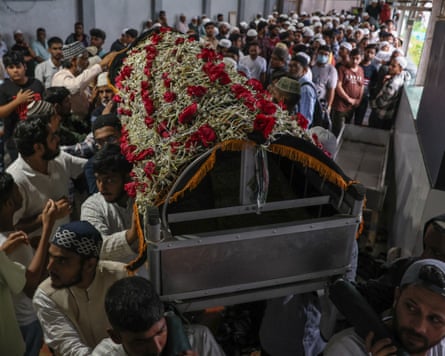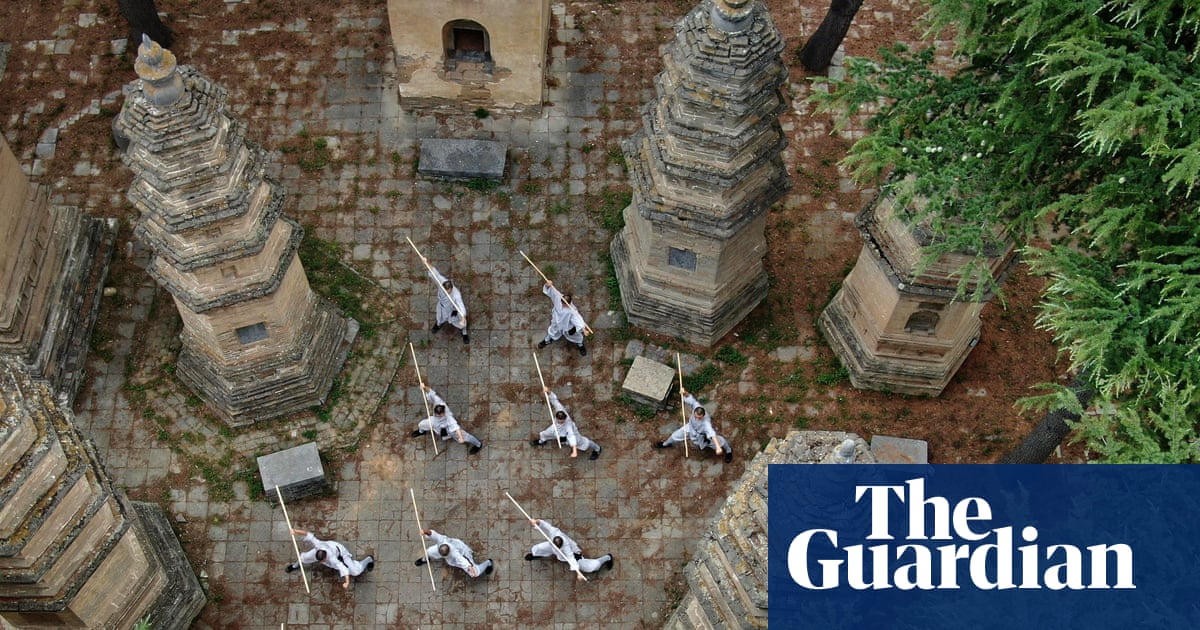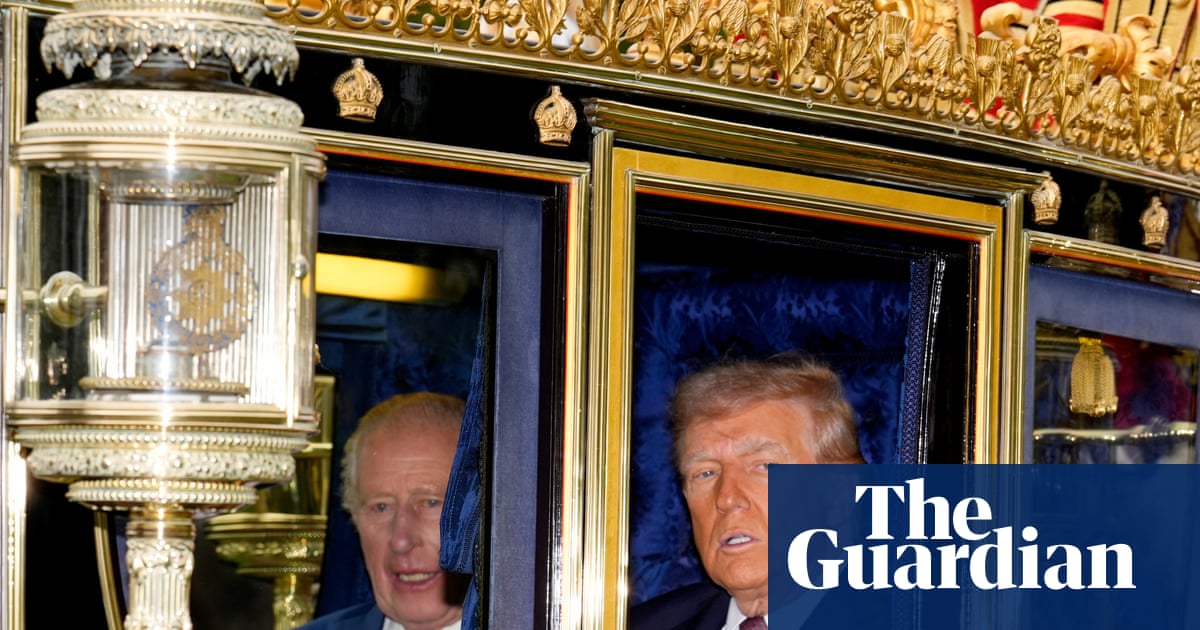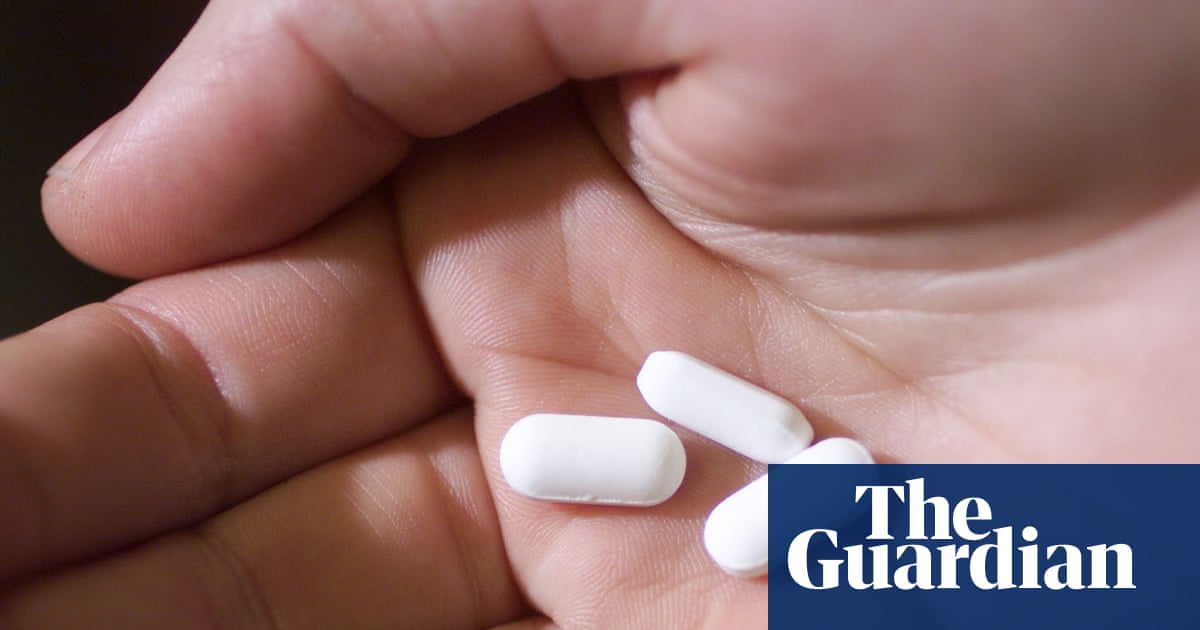The sole survivor of the Air India crash has helped carry his brother’s flower-heaped coffin to a crematorium in the western Indian coastal town of Diu, days after they plummeted into the ground shortly after takeoff.
With bandages still on his face and arm, Vishwash Kumar Ramesh, 40, who was discharged from hospital on Tuesday, broke into sobs and was consoled by relatives.
Just six days earlier, the Leicester businessman had been sitting with his brother Ajay on the London-bound Boeing 787 Dreamliner that crashed into a medical college hostel in Ahmedabad after taking off.
All 241 other passengers and crew onboard the flight last Thursday died, as did at least 30 people on the ground, including five medical students.
Ramesh and his brother, who was sitting a few rows away, had been heading back to the UK after holidaying with family in India. Ramesh escaped through a small space by his seat and stumbled through the flames and smoke into the arms of rescuers.

The streets were filled with mourners as Ramesh walked with his brother’s coffin on his shoulder, his mother beside him in a monsoon-rain-drenched blue sari. More than a dozen of the crash victims were from Diu, a beach town on the Arabian Sea once ruled by the Portuguese.
The funeral was held as the Wall Street Journal (WSJ) reported that crash investigators believe flight 171’s emergency power system, known as a ram air turbine (RAT), was deployed during takeoff.
Establishing the definitive cause of the crash could take years. But the preliminary finding prompts new questions about whether the plane’s engines functioned properly in the crucial moments after takeoff.
Flight data from Flightradar24 showed that the Dreamliner climbed to 625 feet. Moments before the plane crashed, the pilot made a distress call: “Thrust not achieved … falling … Mayday! Mayday! Mayday!”
A CCTV video clip showed the plane beginning to descend about 17 seconds after takeoff.

The RAT is a small propeller that drops from the underside of the Dreamliner’s fuselage to provide emergency electricity. While the engines usually supply power for electrical and flight-control systems, the RAT is designed to step in when normal systems fail. It is considered a last resort in aviation emergencies.
“The most common occurrence is when a pilot thinks that both engines failed,” Anthony Brickhouse, a US-based aerospace safety consultant, told the WSJ. He noted that in commercial aviation, “a dual engine failure is extremely rare … Our engines today are more efficient and reliable than ever”.
Though widely praised for its fuel efficiency and long range, the 787 Dreamliner has been dogged by quality control issues. Last week’s crash was the first fatal incident involving a 787, but its fallout could be far-reaching.
Boeing, which manufactures the aircraft, and GE Aerospace, which makes the engines, declined to comment, the newspaper said.
Findings from the wreckage suggest the flaps and other control surfaces were correctly configured for takeoff, indicating the flight crew followed standard procedures, the WSJ said, citing investigators.
The report comes a day after India’s aviation regulator, the Directorate General of Civil Aviation (DGCA), said its own inspections found no “major safety concerns” in the Dreamliner fleet but did flag recurring maintenance issues.
Air India’s chair, Natarajan Chandrasekaran, told the Times Now Indian news channel on Wednesday that the aircraft had nothing of concern in its maintenance history.
He said the right engine was installed in March, and the left engine was serviced in 2023. Chandrasekaran added he expected preliminary findings to be out in 30 days. “Everybody needs closure,” he said. “We need to know.”
So far, DNA tests have identified 190 of the badly burned victims, and the bodies of 19 have been handed to their families, the Press Trust of India reported. Forensic teams are working around the clock to identify the dead.
As of Wednesday, at least 13 Dreamliner flights were grounded and the DGCA confirmed that 66 Boeing 787 flights had been cancelled since the crash. Air India officials cited “technical issues” and “extended precautionary checks” as the reasons for the cancelled flights.
The schedule disruptions are the latest blow to the Tata Group-owned airline’s ambitious overhaul of the former state-owned carrier, and the timing could not be worse, with summer travel demand surging.

 3 months ago
125
3 months ago
125

















































